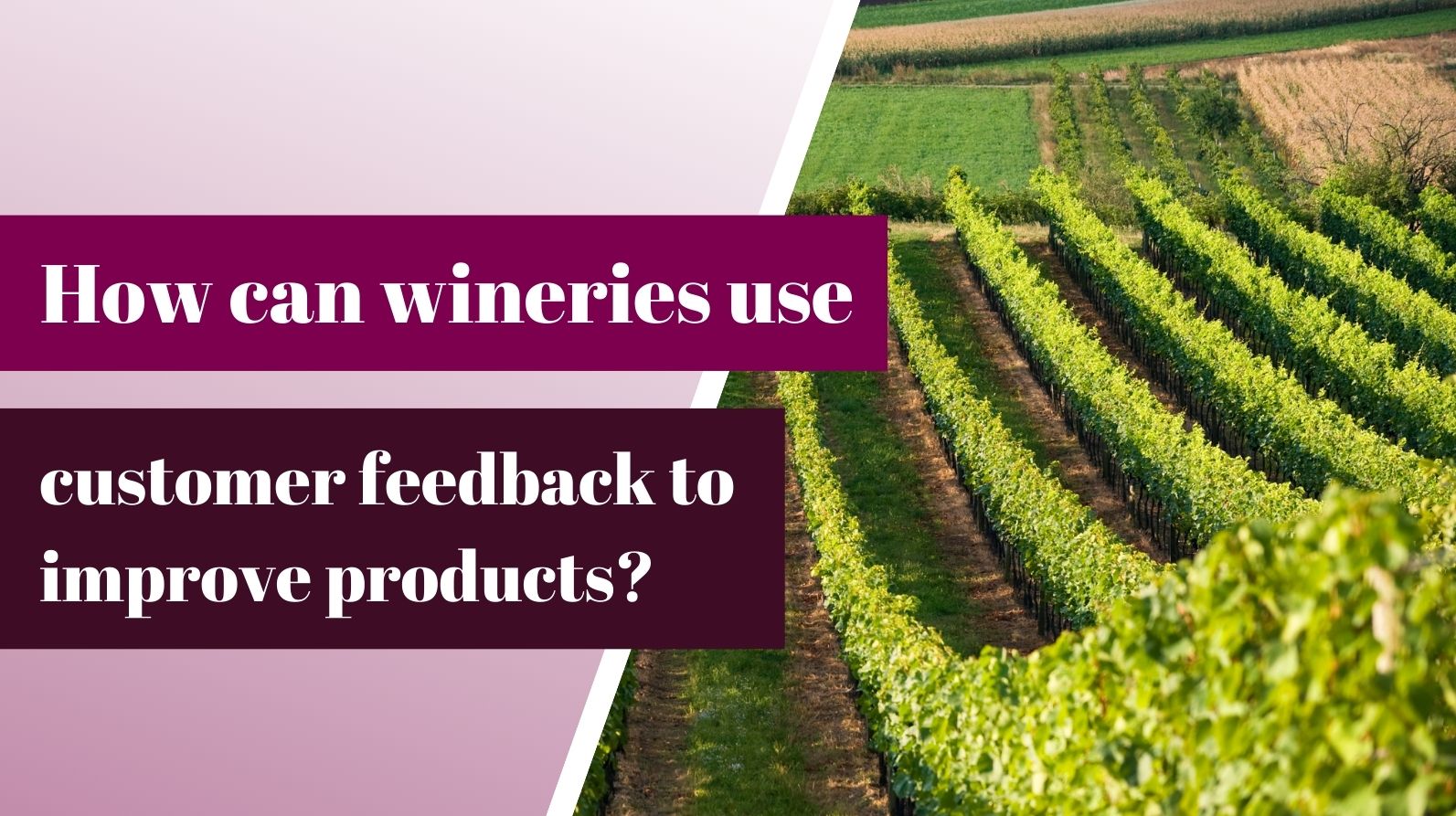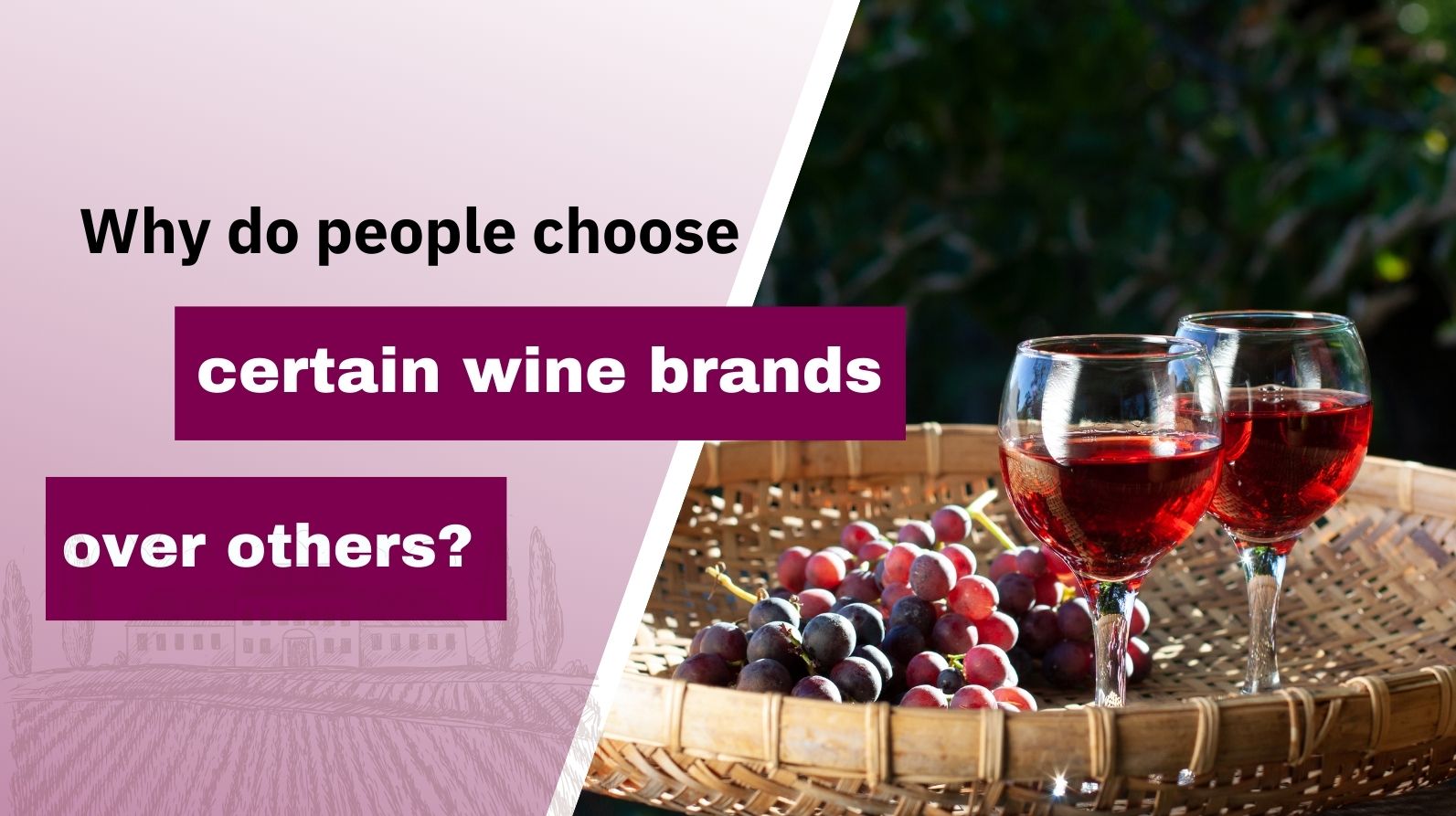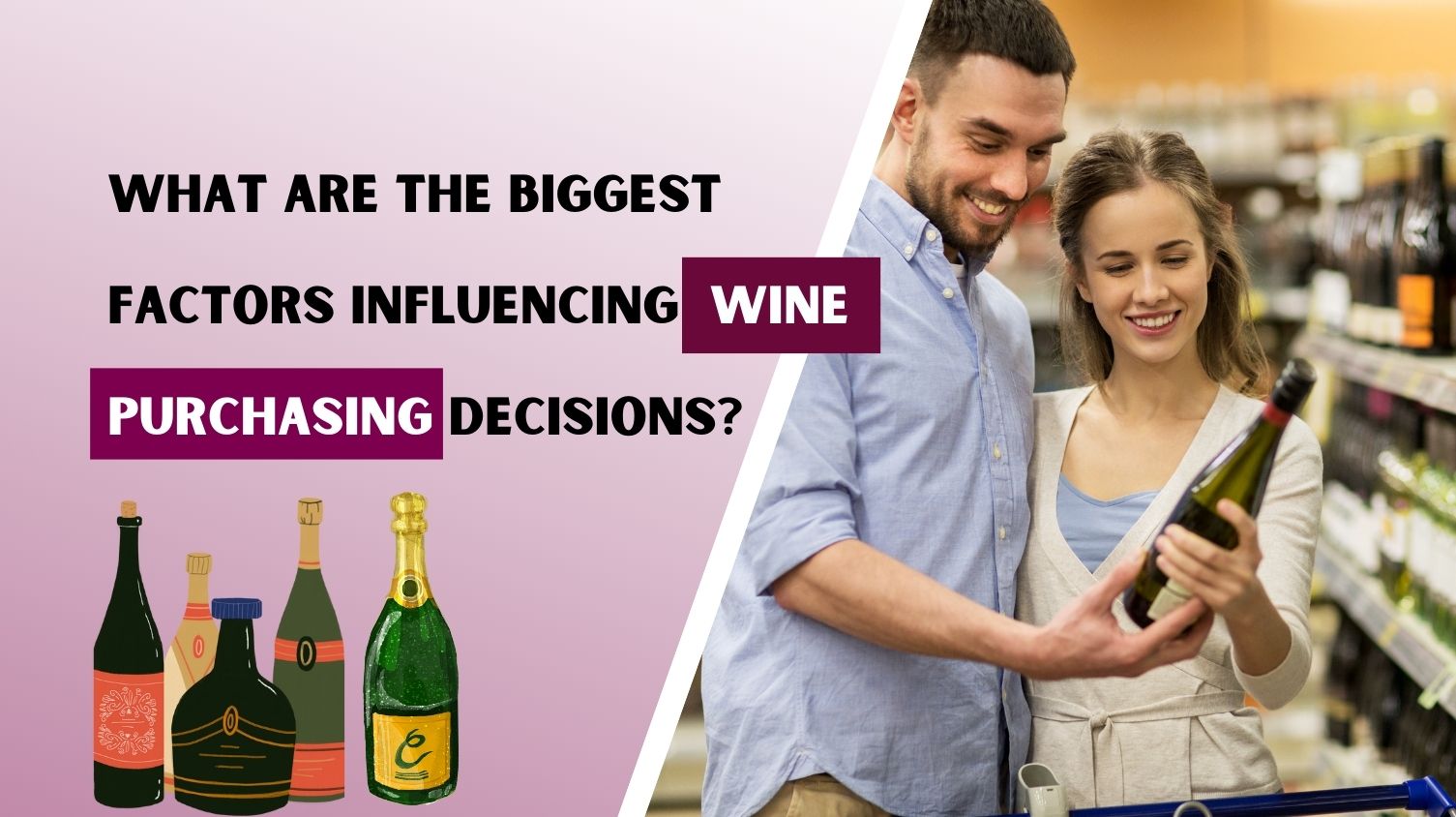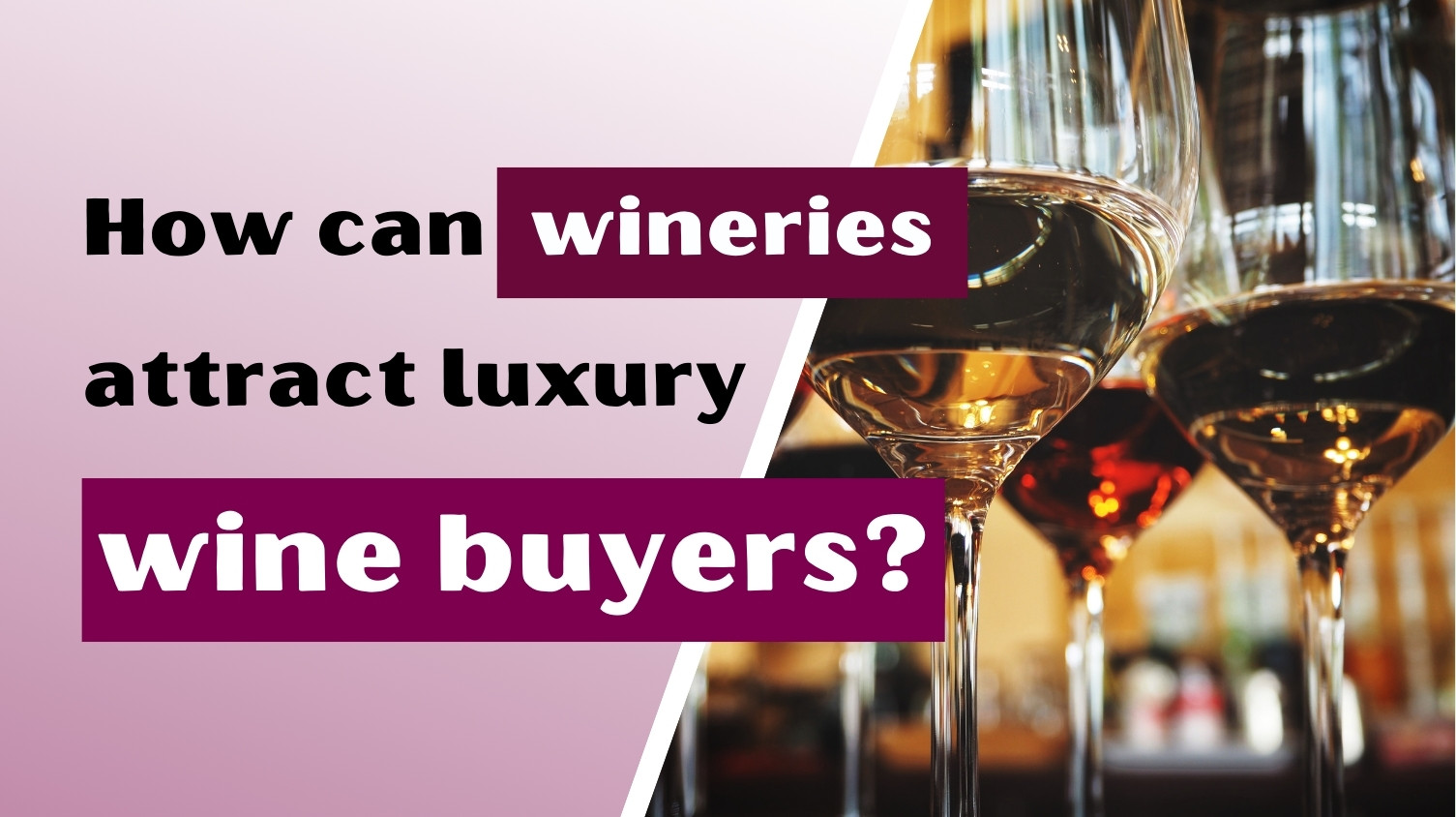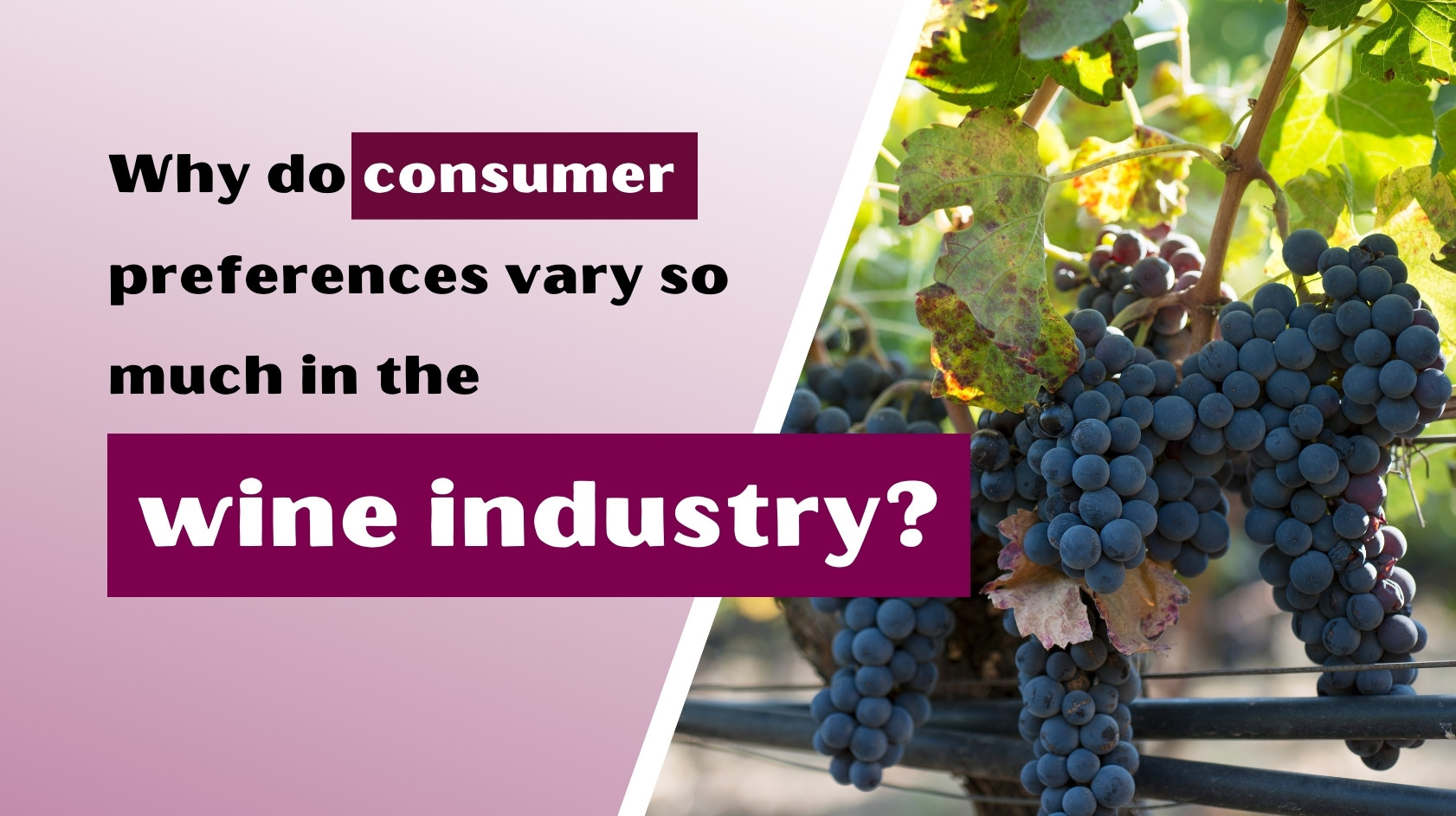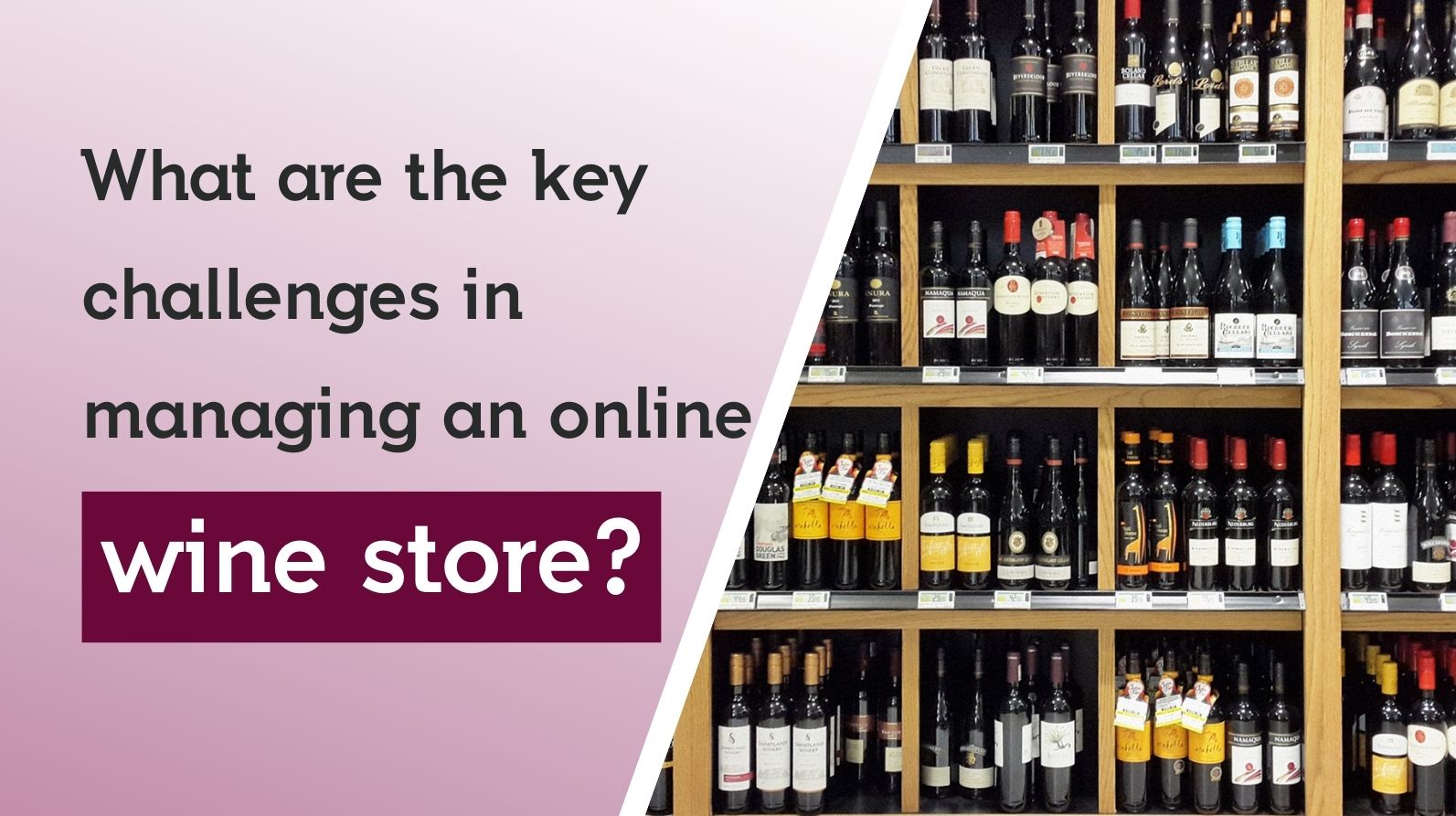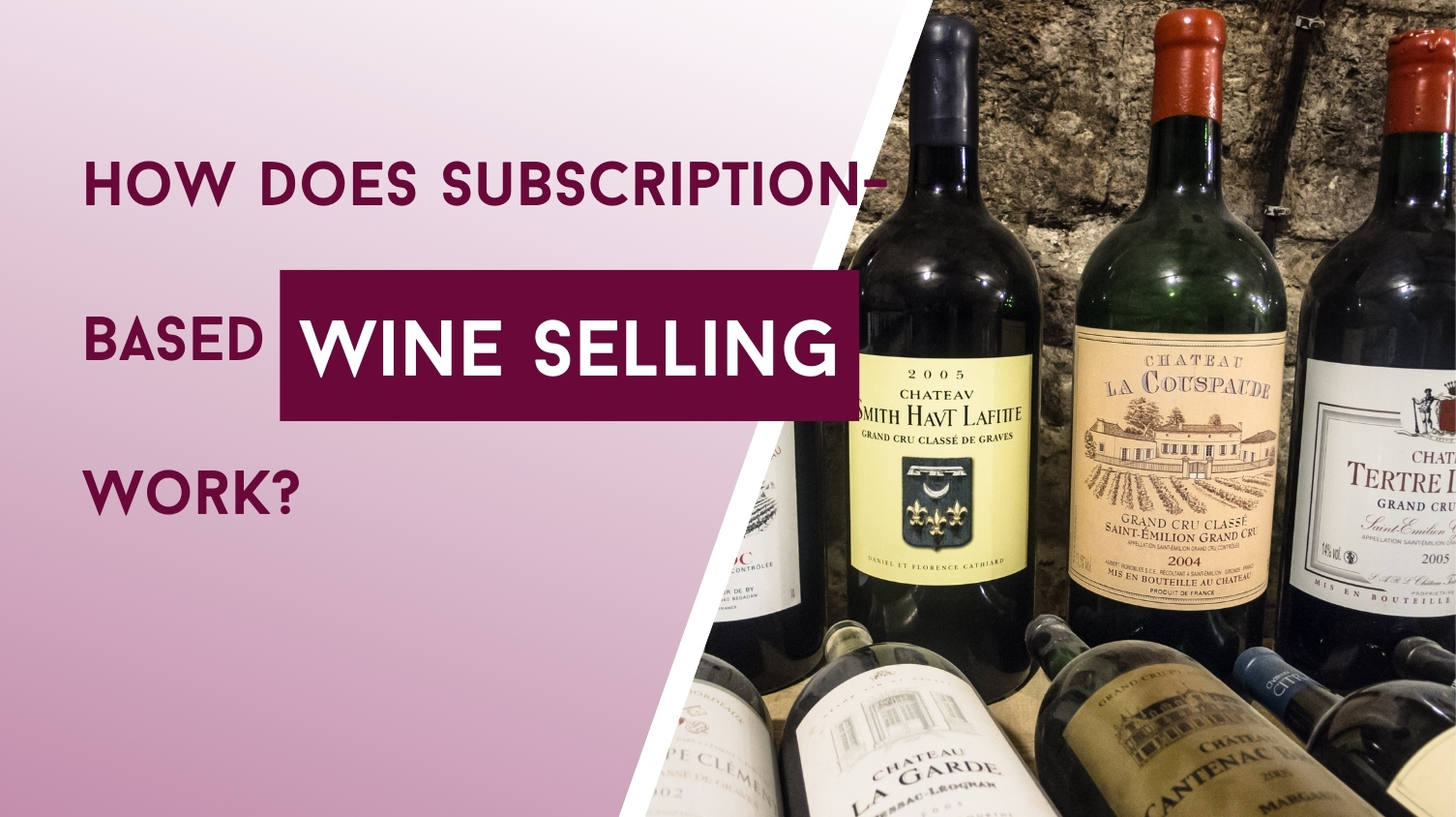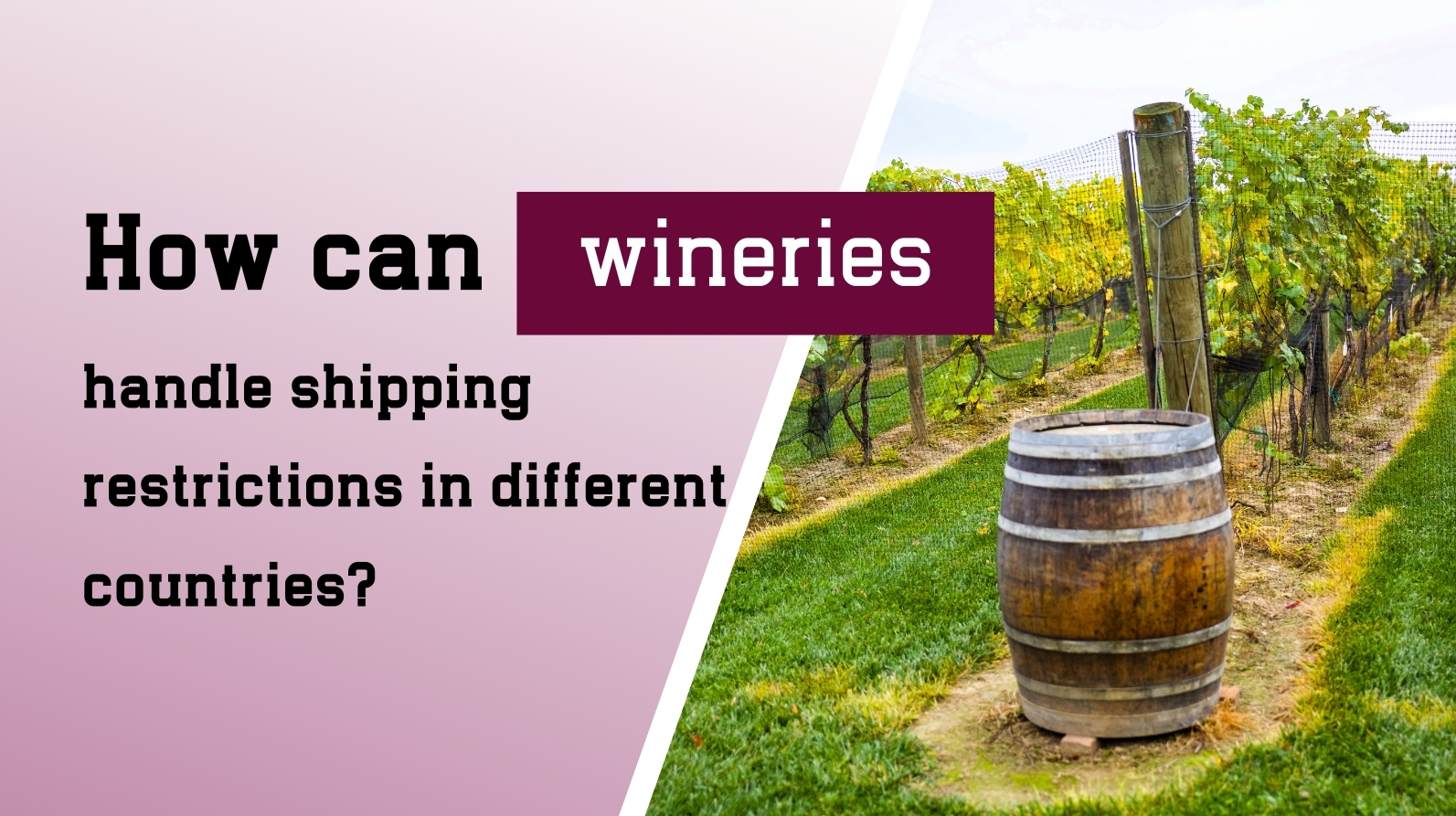How Wine Packaging Influences Consumer Perception in 2025
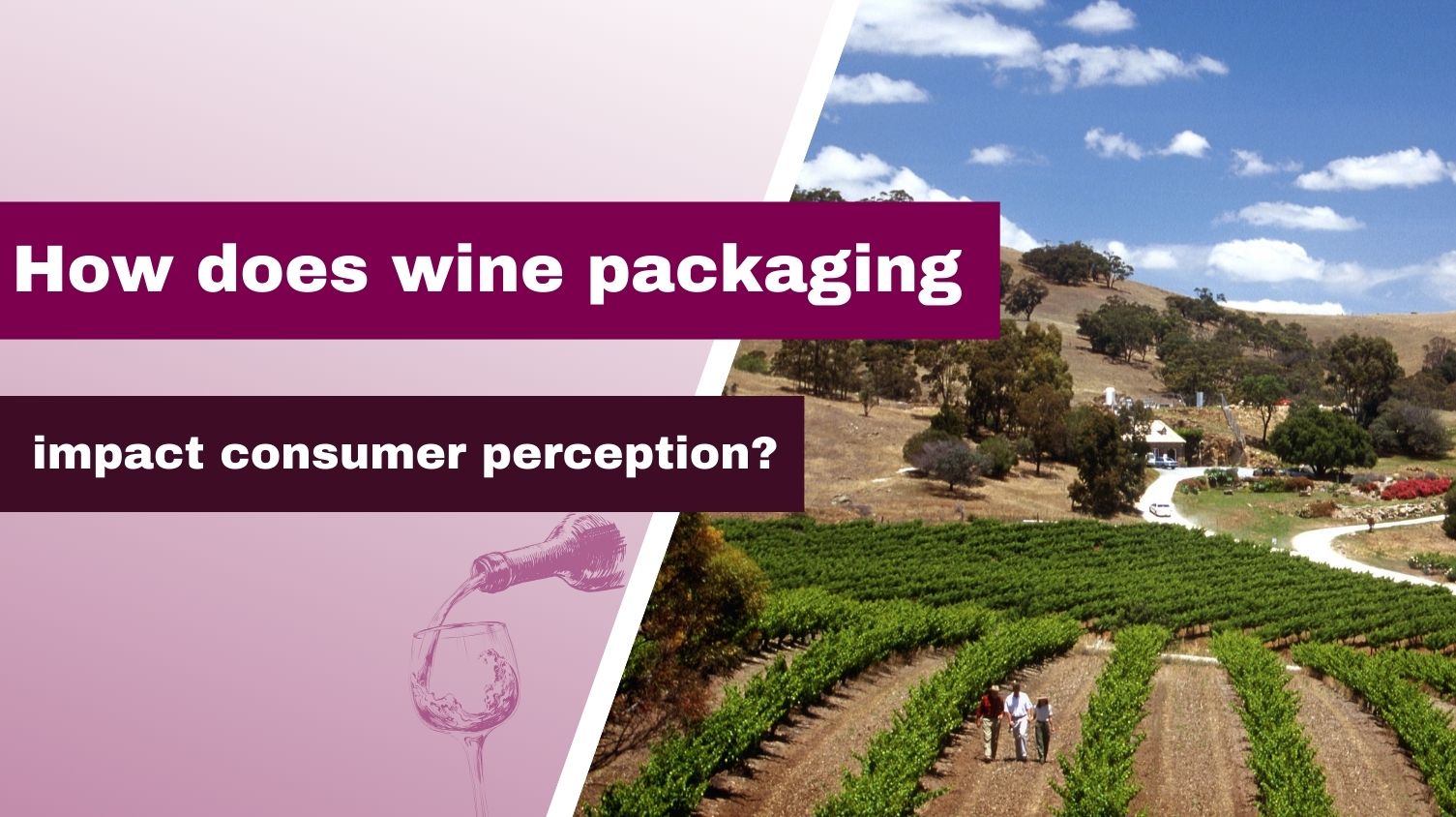
Introduction
When it comes to buying wine, most people think it's all about taste—but there's more to the story. The way a wine is packaged says a lot before the bottle is even opened. From the design to the material, packaging shapes how people feel about the wine inside.
In this article, we’ll explore how different packaging elements like design, bottle types, and even sustainability affect what people think and buy.
The Power of Packaging Design
How a wine bottle looks and feels can send strong messages. The design, colors, and texture can give people a sense of what to expect.
Dark-colored bottles often suggest a fancy or high-end wine.
Clear or light bottles may feel more casual or refreshing.
Special touches like raised text or textured labels can make a wine seem more valuable.
Even before taking a sip, packaging can influence a customer’s decision.
Why the Wine Label Matters
The label on a wine bottle acts like its face. It gives clues about the brand and what kind of wine it is. There are two main styles that appeal to different people:
Classic labels with simple fonts and soft colors attract people who like tradition and elegance.
Modern labels with bright colors and fun designs appeal to younger or adventurous buyers.
The label also shares helpful information like the grape type, where the wine is from, and its age—details that help people feel confident in their choice.
Different Packaging Types: Tradition vs. Modern Styles
While most people still associate wine with glass bottles, other packaging styles are becoming more common. Let’s look at the pros and cons of each.
Glass Bottles
Glass bottles are the most common and are seen as traditional and classy. They help preserve the taste and are often linked to quality.
Pros:
Keeps wine fresh
Looks elegant and premium
Cons:
Heavy to carry and ship
Uses more energy to make
Higher carbon footprint
In fact, glass bottles are responsible for about 29% of the wine industry’s carbon emissions.
Bag-in-Box (Boxed Wine)
Boxed wine comes in a plastic bag inside a cardboard box. It’s easy to use and store.
Pros:
Stays fresh for 3–4 weeks after opening
Lighter to carry and ship
Cheaper and more eco-friendly
Cons:
Some people think it's lower quality
May not look as attractive on shelves
Even though boxed wine often tastes just as good, many people still prefer bottles simply because of how they look and feel.
Canned Wine
Canned wine is perfect for people who want something quick, portable, and fun.
Pros:
Great for single servings
Easy to carry
Fully recyclable
Cons:
Still seen as less “fancy”
Not yet widely accepted for special occasions
Younger drinkers especially enjoy canned wine for casual events or outdoor settings.
Sustainability and Eco-Friendly Packaging
More people now care about the environment when choosing wine. Many are open to greener options if they still get good quality.
Facts:
Boxed wine produces up to 88% less carbon than bottled wine.
Aluminum cans are light, recyclable, and better for the planet.
Even so, most buyers still go for glass bottles. A study found that 91% of people prefer bottles, but 62% said they might change their minds for more eco-friendly choices.
Creative and Modern Packaging Ideas
To stay fresh and interesting, wine companies are trying new things with packaging.
Examples include:
Small, stylish bottles that look like perfume—great for gifts or personal treats.
High-quality boxed wine offered in top restaurants to break the stigma.
Recycled materials and clever shapes to lower waste and appeal to eco-conscious buyers.
These new ideas help connect tradition with modern needs and tastes.

